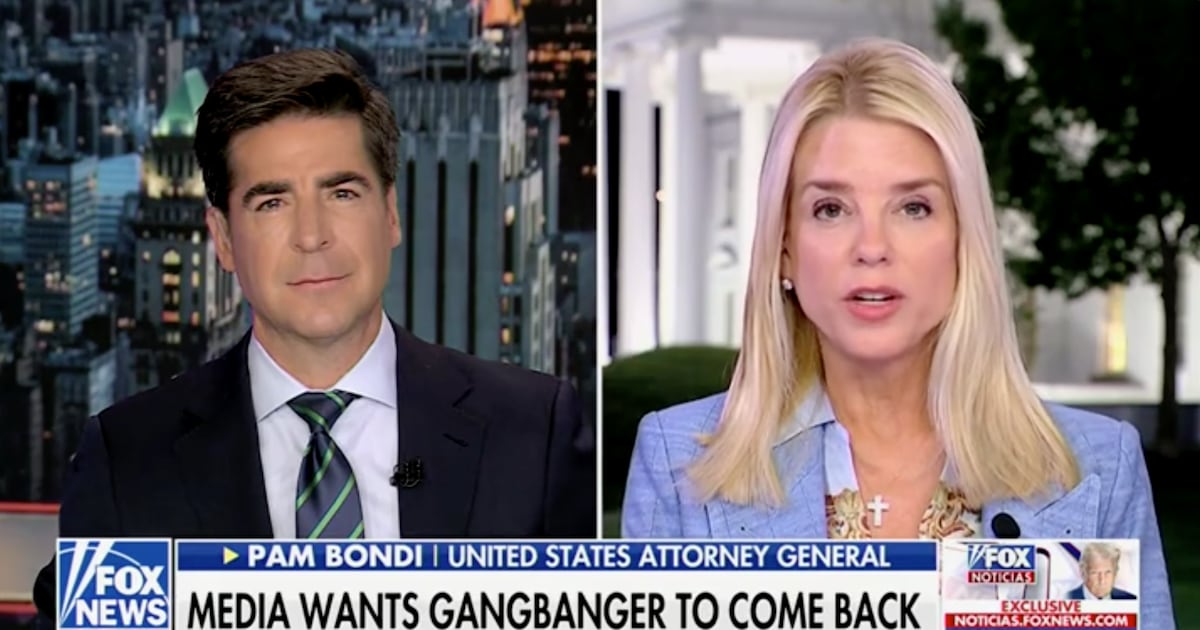It says a lot about organized labor, none of it good, that the big unions have been caught totally off guard by worker-led organizing campaigns now winning some huge victories.
The labor movement hopes that happy days are here again as Starbucks baristas at 25 stores have voted to unionize since December, and more than 200 other stores have filed petitions for elections, while Amazon warehouse workers on Staten Island just voted to form the first U.S.-based union ever within the company, with a union vote at a second warehouse in the borough starting on Monday.
Those were all worker-led campaigns, meaning that the folks who pack your boxes and pour your coffees did the heavy lifting themselves of convincing their fellow workers that there is power in a union.
By contrast, big unions rely on deep pockets, strategists, consultants and professional staff organizers to unionize new workplaces. That’s led to high-stakes failures in recent years at Walmart, McDonald’s, Volkswagen, and Amazon, continuing the death spiral in which organized labor has lost half of its share of the workforce since 1983. Today, barely one in 10 American workers are unionized, and barely six in 100 private-sector workers.
That’s why worker-led organizing has everyone jazzed. The Washington Post says it’s a new playbook for unions. One labor leader told the New York Times, “It’s sending a wake-up call to the rest of the labor movement … We have to be homegrown—we have to be driven by workers.”
But—and this is a very big but—many inside the house of labor don’t think that organized labor is ready to be shaken out of its long stupor. Four organizers on staff at some of the largest unions in the country—working in health care, education, services, and the public sector, and all speaking on background to be candid—told The Daily Beast that they’re skeptical unions are capable of embracing organizing where workers call the shots.
The reason is simple. In trying to survive in a hostile political landscape, unions have become transactional. They organize workers because they hope to get something in return. Their interest in workers is about numbers and dues, which they then try to leverage into political support. They have forgotten their real power comes from being transformational.
One organizer who worked on the unionization campaign at an Amazon warehouse in Alabama, which is in the middle of a disputed vote count, explains how it works. “Many unions embed themselves in the political structure. They kiss ass. They can mobilize 200 workers to knock on doors for candidates. They can throw $500,000 into campaign coffers. That’s where they believe their power comes from.”
In other words, they don’t believe that power comes from the workers. Instead, they think it comes from electoral politics. In the 2020 election cycle, unions spent nearly a quarter-billion dollars. That sounds like a lot of money until you realize business interests outspent them 16-to-1. That one figure explains the perilous state of unions.
Union leaders still think that their model works. It does, except it’s a 50-year-old rustbucket with a flat tire and leaking oil trying to keep up with a highway full of Teslas. Suddenly, a roadster called worker-led organizing zooms by everyone. Who wouldn’t want that hot set of wheels? But with a bloated bureaucracy, organized labor is going to have a hard time fitting itself into such a sleek machine.
Unions have a few options. One is to do nothing, which is likely for more than a few unions. For worker-led organizing to work, says the health-care industry organizer, “You have to organize an army of rank-and-file workers.” The problem is, “Most unions are far too corporate and top-down to do that.” There isn’t a switch to flip to become worker-led. It requires a complete change in how unions are structured, their goals and their mindset.
A second option is to train workers in the nuts and bolts of organizing on the shopfloor, provide them with legal, media, and logistical support, and step back. But worker-led organizing is a long game with no guarantee of success. The Teamsters will probably try, having just elected a reform slate committed to building rank-and-file power and organizing Amazon workers.
There is a third option. The four organizers fear some unions will create campaigns that appear worker-led, but are orchestrated by labor leaders behind the scenes. One reason they’re worried that might happen is because it already has, in the high-profile effort to organize fast-food workers that was nicknamed “Fight for $15”.
When fast-food workers first hit the streets of New York City in November of 2012 demanding a union and a $15-an-hour minimum wage, reporters gave the impression the campaign was worker-led. It supposedly began after community organizers stumbled on the plight of fast-food workers while door-knocking about school closings in New York City and bus-fare hikes in Chicago.
But Fight for $15 wasn’t what it seemed. In 2013 I exposed how it was conceived, funded, and orchestrated by the 2 million-member Service Employees International Union, and it had been organizing covertly for a year before surfacing.
The labor organizers who spoke to The Daily Beast say SEIU deserves credit for popularizing a $15-an-hour minimum wage, driving the trend in blue states and big cities to boost minimum wages for 17 million workers, and making precarious low-wage work a national issue. But the organizers also blast Fight for $15 as “astroturf staff-driven bullshit” and “a fake worker-led campaign.”
SEIU tried to leave itself out of the story or describe itself simply as advising workers. Even when admitting involvement, SEIU President Mary Kay Henry portrayed the union as starry-eyed followers of fast-food workers: We are “amazed at the degree to which it spread.” “It’s really a privilege for us to support them.” “We don’t yet understand the scale of it.”
SEIU’s sold Fight for $15 as worker-led because it reaped benefits it couldn’t gain if everyone knew it was behind the campaign. The story of low-wage workers rising up against billionaires was irresistible to the media. Fast-food workers telling sob stories tugged at the public’s heartstrings. And a worker-led movement excited left-leaning activists and intellectuals that unions could finally build the power to confront an out-of-control plutocracy and even drive the transition to a green economy.
But it was all smoke and mirrors. SEIU’s own staff and field organizers called Fight for $15 “a march on the media.” One staffer said, “Fight for $15 was never about worker power or worker democracy.”
<p>Low-wage workers churned in and out of the SEIU-run Fight for $15 as if it was a McDonald’s, which made building a union impossible.</p>
One of the top labor strategists in the country unpacked the sophisticated strategy SEIU pursued in a huge undertaking that cost more than $100 million by one estimate. SEIU was genuinely trying to organize fast-food workers, the strategist said, but for many different purposes. It led to better contracts during negotiations and motivated SEIU members in low-wage service-sector jobs to take action. Putting fast-food workers into the streets shored up support with and increased leverage on friendly politicians to do more for low-wage workers, leading to the minimum-wage increases. By painting itself as a helper instead of the commanding general for Fight for $15, SEIU raised its stature in the media, with the public, and among labor researchers and experts. The labor giant improved its reputation within the labor movement that had been sullied by its role in infighting in the AFL-CIO and accusations of being heavy-handed and anti-democratic.
The fatal flaw was that workers were treated as plug-and-play components within the SEIU strategy. Workers in Fight for $15 said organizers treated them like children. Decisions on when and where to protest had already been made, and meetings were “just a question of going through the motions of getting people to come to the decisions that they want them to.” At fast-food worker conventions organized by SEIU, workers said they rubberstamped statements given to them beforehand and that the outcome of votes were predetermined.
Strikes weren’t strikes used to shut down restaurants and hit owners in the pocket. They were photo-ops where fast-food workers who had walked off the job might be outnumbered 10-to-1 by SEIU staff, progressive clergy, other union members, and sympathetic activists.
Field organizers, responsible for recruiting workers, described union-building that was more Glengarry Glen Ross than Norma Rae: Managers counted how many contacts were made, cards signed, and how many leads went to meetings, turned out for protests and attended conventions. Everything was about numbers, and if they didn’t make their numbers organizers were at risk of being fired.
Workers said they were never trained on how to organize co-workers or resist the boss on the shopfloor. Instead, workers were selected as leaders based on who had a compelling story, could deliver it to the media, and stay on message. With no power, low-wage workers churned in and out of Fight for $15 as if it was a McDonald’s, which made building a union impossible.
For all its money and labor, SEIU has not organized one union shop in fast food in a decade of trying. The United Food and Commercial Workers spent $7 million a year on OUR Walmart, a union campaign designed to look like “a grassroots effort by Walmart workers,” according to The New York Times, but quietly phased it out in 2015 with no success. Other failures include the United Auto Workers’ repeated attempts to organize a Volkswagen plant in Tennessee. Then there is the Retail, Wholesale and Department Store Union’s effort to unionize an Amazon warehouse in Alabama, which failed on the first vote and is embroiled in a disputed second vote.
These campaigns were all top-down, high-profile, and extraordinarily expensive. Starbucks and Amazon were bottom-up shoestring campaigns with little media attention. This is why worker-led organizing may be key to revitalizing the labor movement. But only if it is genuine.
In the Volkswagen and Amazon facilities in the South, management wasn’t just reading from an anti-union playbook when it told workers the union was third-party agents from the outside who were looking to take your money. There is an element of truth to it. UAW is based in Detroit and RWDSU in Manhattan, and most members interact with the unions only by paying dues and receiving services.
Compared to the Amazon Labor Union, it’s night and day. Amazon managers can’t claim ALU organizers are outsiders. They labor in the warehouse and reflect the racial, gender, and age diversity of the workplace. They can talk to coworkers genuinely, allay concerns, and can’t be painted as outsiders.
For Starbucks Workers United, which says it has a ratio of a hundred active workers per paid organizer, the campaign is worker-led store by store and day by day. This has enabled them to generate an outpouring of direct action. One Workers United organizer says they can’t keep track of actions at scores of shops that include sick-outs, slow-downs, marches, strikes, and closures. For all the money SEIU poured into Fight for $15, on-the-job actions were almost nonexistent.
Big unions have forgotten what power looks like. When workers have rank-and-file democracy and real power, they can win—as they’ve done against Amazon and Starbucks. When workers win in the workplace, they look up and realize they can use their power to transform society for the betterment of the many instead of the few, the bosses. That’s how America was transformed in the 1930s and 1940s, leading to an unparalleled era of economic security for most Americans.
One organizer says, “The bosses run society and run the government. When you beat them at work you gain the confidence and power to beat them everywhere else.”








